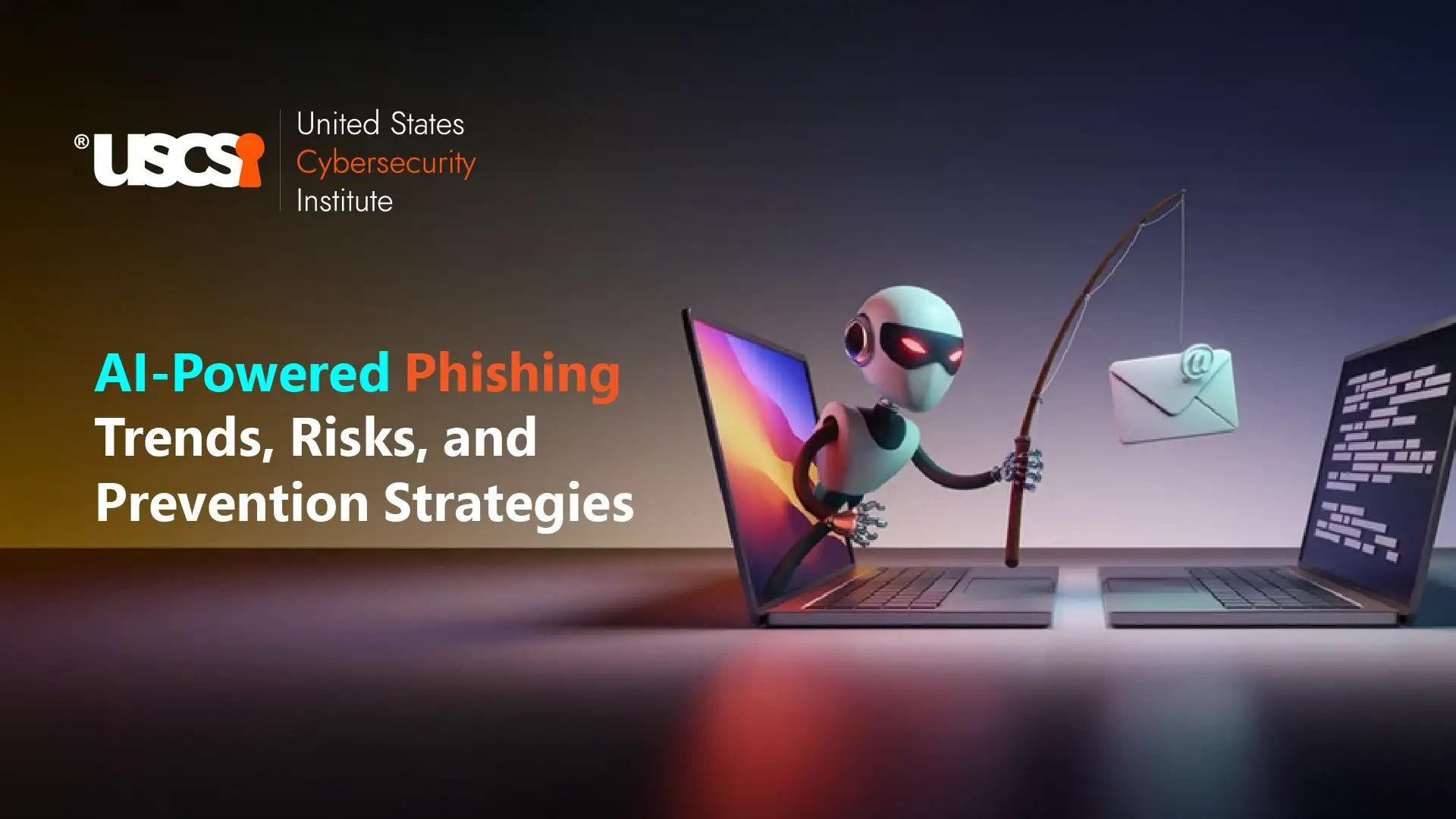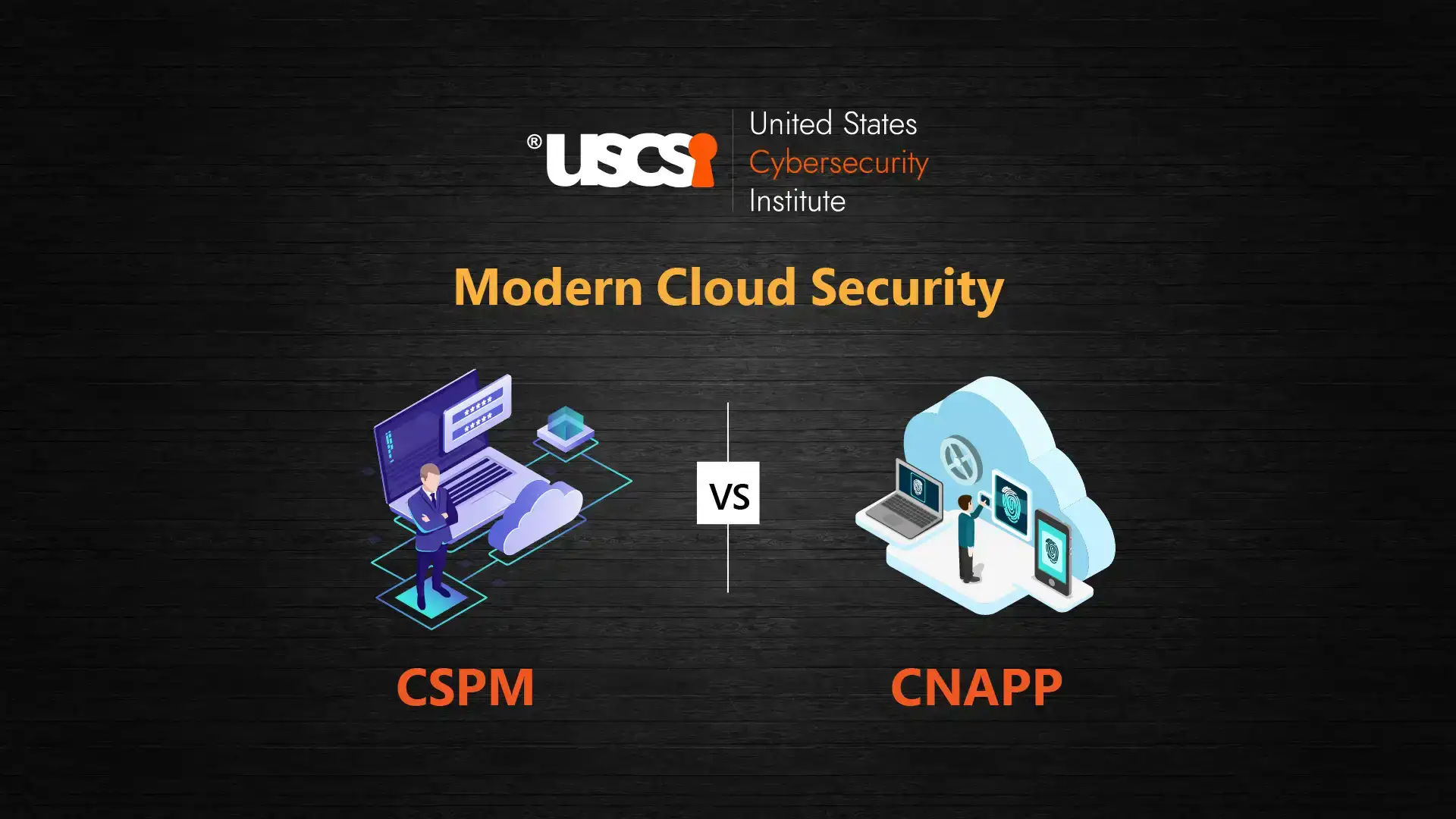

The Great Data Fortress: Building an Impenetrable Data Protection Strategy
In the massive ocean of the digital realm where data flows like currents, there are calm seas, gales, the occasional pirates, and cyber-sharks we call cybercriminals. When you are faced with open digital seas of this kind, a robust data protection strategy is not your life vest. It is all your ship, crew, and navigation systems all rolled into one. (Navigating your way out of a cyber crisis is equally important).
So, let’s set on our journey about the key components and best practices of data protection, deep diving into the intricacies that will keep your digital assets secure and your organization afloat in an AI world. Along the way, you may smirk or giggle at some of the ridiculous ways that data can be compromised in an organization, and explore the mechanics of safeguarding your infrastructure.
THE STAKES – WHY DATA PROTECTION MATTERS
Steering through the current digital landscape without data protection for any business is like walking at the top of a skyscraper without safety cables. Cyber threats lurk below every wave, waiting patiently to send unsuspecting businesses to the depths of economic or financial ruin. -
“Adopting security AI and automation can cut breach costs”, says IBM Cost of Data Breach Report 2024. It further reveals that the average cost savings is millions for organizations that used security AI and automation extensively in prevention versus those that did not sits at about USD 2.22 million. For any business that wants to thrive but ignores data protection at its peril, the consequences are dire: lost customer trust, damaged brand reputation, and the very real possibility of having to shut down.
Regulatory Compliance- From GDPR to CCPA, a veritable alphabet soup of regulations enforces data protection in some countries across the world, while others are following suit. Businesses are required to adhere to them, enforcing the basic protection frameworks that are in place.
KEY COMPONENTS
So now that we know and many of us can agree on why data protection matters in a business, it is time to look at the key components businesses are implementing worldwide to protect their data:
CRAFTING THE RIGHT DATA PROTECTION STRATEGY
Data Security – Probably the most obvious aspect in this list, data security is the foundational layer of a solid cybersecurity plan. It includes a veritable combination of technology for unauthorized access, corruption, and data theft.
Cybersecurity Strategy – The Battle Plan – While a data protection strategy is built to protect data itself, a cybersecurity strategy is the overarching battle plan against threat actors or any cyber threat. A robust cyber security strategy must include the following:
Threat Intelligence – Gathering and analyzing threat information from the news, vendors, contractors and sometimes even customers help cybersecurity specialists stay a step ahead of the potential threats.
Incident Response Planning – The onus of keeping the business and/or organization secure lies in the hands of cybersecurity specialists, who need to develop and regularly test processes and practices for responding to security incidents. Disaster Recovery as a Service – Popularly called (DraaS), DraaS is usually called to clean up the corpses and initiate the forensics. Even the most impregnable digital security may fall, but businesses must plan to recover and continue to operate. DraaS includes regularized features such as automated backup, rapid recovery, scalability, testing, and validation.
Data Life Cycle Management – Data is the lifeblood of all businesses and it Is not static. Just like any life cycle – it is born or generated, it lives in storage drives, evolves, and eventually becomes redundant. To have the correct data and correct insights in place for the right business decisions, Data Life Cycle Management is a key tenet in maintaining and securing data regularly, to ensure business continuity even in case of breaches
Multi-Factor Authentication – The Password is past its prime. In the realm of access control, Multi-Factor Authentication adds additional layers of security like a secondary authentication device or biometric data. The benefits of MFA are many, including enhanced security that reduces the risk of unauthorized access, regulatory compliance, and ease of use.
Data Risk Management – Consider these tools as your map and compass to point you in the right direction out of a crisis. Effective data management is the experienced sailor who can read the weather and predict storms. Benefits include accurate risk assessment, risk mitigation strategies, risk transfer, and risk management.
Data Encryption – This is one of the secret weapons for the blue team. Data encryption scrambles the data in such a way that even if a hacker gets past your firewall and into your network, they will find indecipherable nonsense as a result of their efforts. Data Encryption transforms sensitive information into a secure format, and much like a lock and key, needs the correct sequence of actions and deciphering to retrieve its value again.
Continuous Monitoring - Proactive surveillance to detect anomalies from which threats may emerge.
Federated Learning – This decentralized approach to ML allows for the training of models based on distributed datasets without actually centralizing the data. While it mitigates a limited degree of privacy concerns, it exposes threat attack surfaces that need custom security protocols.
Homomorphic Encryption – To AI engineers and data scientists, this is the holy grail of privacy-preserving machine learning, homomorphic encryption allows computation on encrypted data. However, its implementation needs a complete revamp of how we architect our data preprocessing and processing pipelines.
Security Awareness and Training – Your digital infrastructure needs constant care and testing. Regular security audits and penetration testing ensure that any weak spots are identified and patched before they can be exploited by cybercriminals.
But our cybersecurity heroes are not without teeth. There are several technologies in the market that they use internally to mitigate threats and maintain security. Some of these tools are quite complex in their functioning and operations. However, let’s delve into them
TOOLS OF THE TRADE:
Tensorflow Privacy – This library extends TensorFlow with implementations of differentially private optimizers for training machine learning models. Think of it like giving your neural network privacy goggles.
PyTorch Crypten – As an advanced framework for privacy-preserving machine learning, Crypten allows for secure multi-party computation and encryption in encrypted tensor applications. It is like a shield for your sensors.
IBM’s Adversarial Robustness Toolbox – One of the earlier in the game, ART (Adversarial Robustness Toolbox) is a Python library that helps developers protect their models against real-time and general adversarial threats. Take this as your models’ immune system.
OpenMined’s PySyft – This is a Python library for encrypted, privacy-preserving deep learning, PySyft enables secure computation on data you can't see.
Google’s Differential Privacy Library – This C++ library implements differential privacy algorithms, empowering developers to compute statistics over sensitive data with strong privacy guarantees.
A bit about Quantum Computing
With the impending advent of quantum computing, computing as a discipline is set to change the way we compute and run AI. Quantum computing attacks are not a distant future anymore and will threaten global technology and infrastructure. Given the power of qubits and quantum computing, threat actors will launch massive global cybersecurity attacks in instants. Cybersecurity specialists are not far behind in their version of the prophecy, though, because quantum attacks will be on a global scale and it will need highly sophisticated interconnected strategy and coordination to stop such threats.
Now, before we drift away to images of global destructions from the previous wars in our minds, it is imperative to remember that the surge in AI development AND Quantum Computing presents an existential threat to humankind, should there ever be a serious conflict – This is where the lack of adequate cybersecurity talent comes into the picture.
EMERGING THREATS AND THE NEED FOR US TO STAY AHEAD
Every day seems to bring in a new threat and we know cybercriminals are relentless. Armed with ransomware, phishing attacks, and zero-day exploits, they are only becoming more sophisticated. Businesses need to implement preventive measures to mitigate this risk. And they are implementing ultra-modern technologies to protect themselves. Some of these include:
Zero Trust Architecture – Never Trust, Always Verify. This concept of Zero Trust Architecture, whether within or outside the network. Every single entity must be authenticated, validated, and monitored constantly.
AI in Cybersecurity – AI is both the well-meaning wizard and the mischievous imp of the cybersecurity world. We can determine threats at unprecedented speed with AI in the cybersecurity risk management domain. It’s a double-edged sword as well that hackers are using it increasingly to escalate and automate attacks.
THE EVER AND ALWAYS GROWING NEED FOR CYBERSECURITY SPECIALISTS
In a world where data protection strategies evolve as fast as new cyber threats, the need for professionally certified professionals in cybersecurity could not have been greater, and the stakes couldn’t have been higher. So, prepare to join the ranks of the cybersecurity army, and wield encryption keys and AI algorithms as your sword and shield. The world today needs more AI engineers and data scientists to safeguard the future of the digital realm. And, there has never been a better time to get professionally certified and stake your claim in this fast-growing and lucrative field.





